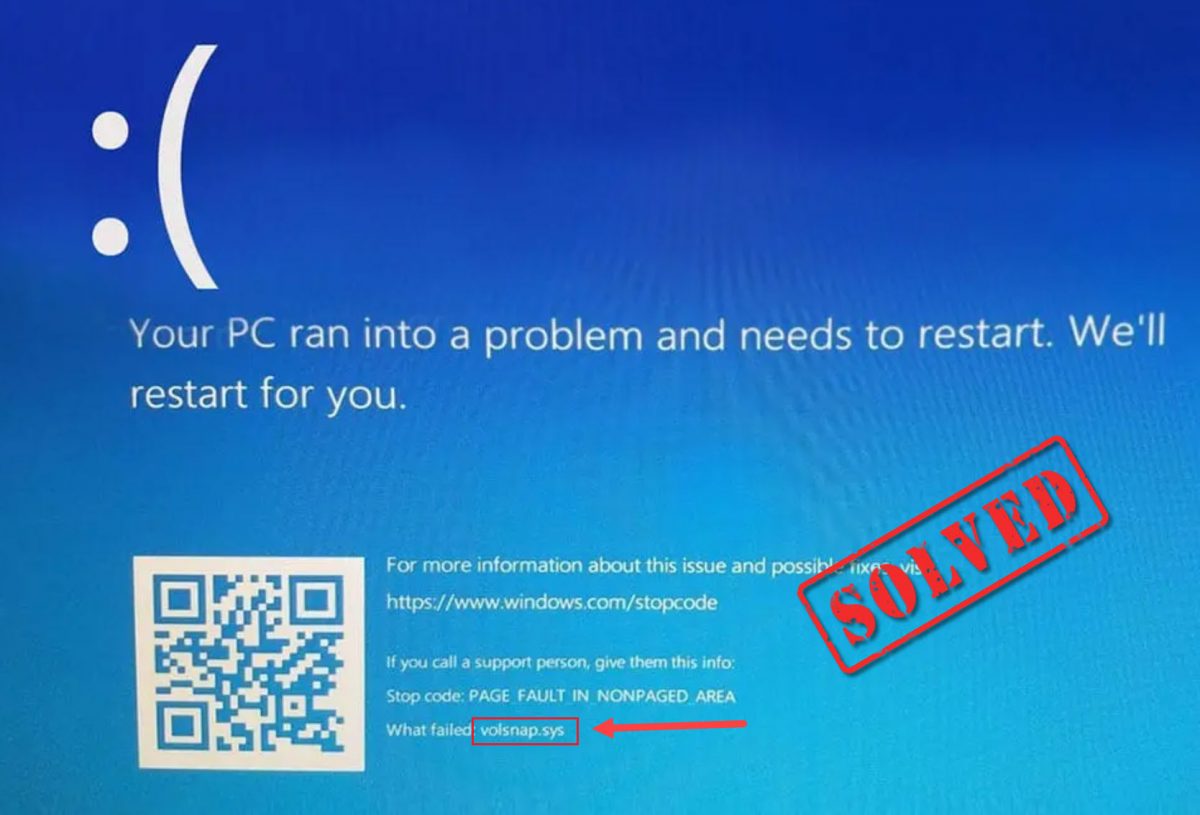
If you see the BSOD error volsnap.sys on your Windows computer, and you’re stuck in a blue screen. Don’t worry. This is a common error of blue screen and you can fix it.
Volsnap.sys is associated with Volume Shadow Copy service. This volsnap.sys blue screen error occurs because of the corrupted system files, or the driver corruption.
How to fix volsnap.sys errors
Here are the solutions that have helped people resolve the same issue. You don’t need to try them all; just work your way down the list until everything’s working again.
Fix 1: Disconnect external devices
If your computer is connecting with some external devices, such as SSD, flash USB drive, and headsets, you should disconnect all these external devices from your computer. As some hardware devices may cause problems in connecting, your computer runs into the hardware faulty and presents you with the blue screen error.
So turn off your computer and remove all the external devices. Then power on your computer. If your computer starts properly, you should have fixed your issue.
You may want to locate the cause of the error, then you can connect these external devices one by one and find the cause.
Fix 2: Run System File Checker
Windows has a built-in feature called System File Checker (SFC), which helps scan and repair corrupted system files in your computer. By doing so, it can fix the corrupted system file that causes the volsnap.sys error. Here’s how to do it:
- Type cmd in the Search box on your desktop, right click Command Prompt (or CMD if you’re using Windows 7), then select Run as administrator.

- Type sfc /scannow and press Enter on your keyboard.
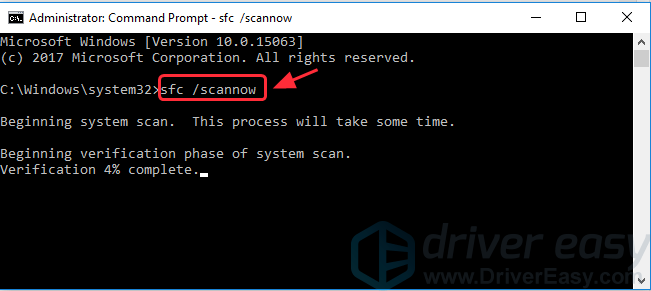
- Your computer will start to scan and automatically repair any detected issues. This may take a while.
- Once verification is 100%, type exit in Command Prompt to close it.
Restart your computer and see if it fixes the blue screen issue.
Fix 3: Update available drivers
If you see the volsnap.sys blue screen error in your computer, you should always update device drivers in your computer. Keeping drivers up to date can also prevent various problems occurring to your system.
There are two ways to update drivers: manually and automatically.
Manually update driver: You can go to the manufacturer’s website, find the latest correct driver for your graphics card, then install it in your computer. Be sure to install the one that is compatible with the OS running in your computer.
Automatically update driver: If you don’t have time or patience, you can do it automatically with Driver Easy.
Driver Easy will automatically recognize your system and find the correct drivers for it. You don’t need to know exactly what system your computer is running, you don’t need to risk downloading and installing the wrong driver, and you don’t need to worry about making a mistake when installing.
You can update your drivers automatically with either the FREE or the Pro version of Driver Easy. But with the Pro version it takes just 2 clicks (and you get full support and a 30-day money back guarantee):
- Download and install Driver Easy. (You’ll need to boot into Safe Mode with network connection in order to perform this steps).
- Run Driver Easy and click Scan Now. Driver Easy will then scan your computer and detect any problem drivers.
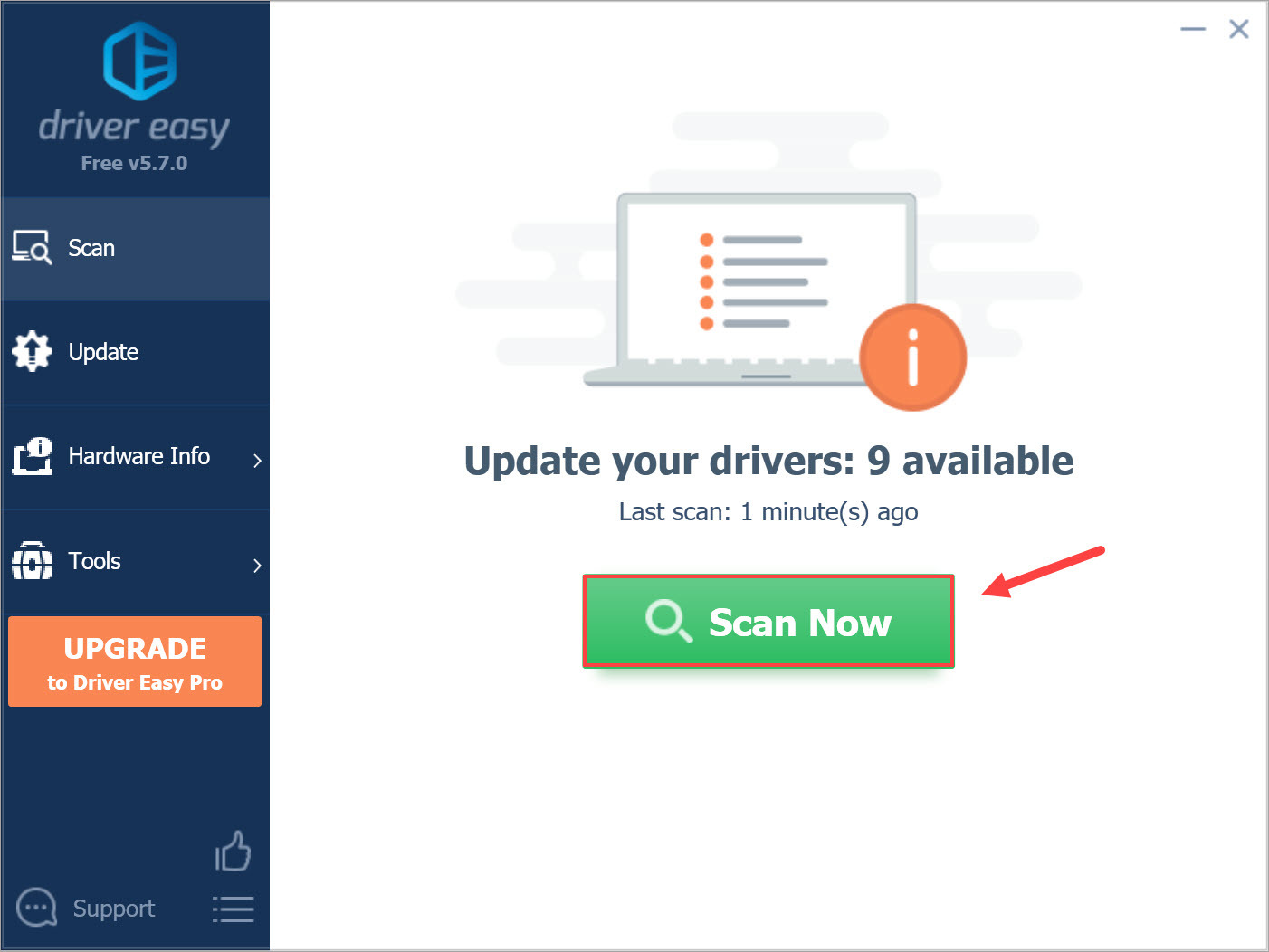
- Click the Update button next to the flagged device to automatically download the correct version of their driver (you can do this with the FREE version), then install it in your computer.Or click Update All to automatically download and install the correct version of all the drivers that are missing or out of date on your system (this requires the Pro version – you’ll be prompted to upgrade when you click Update All).
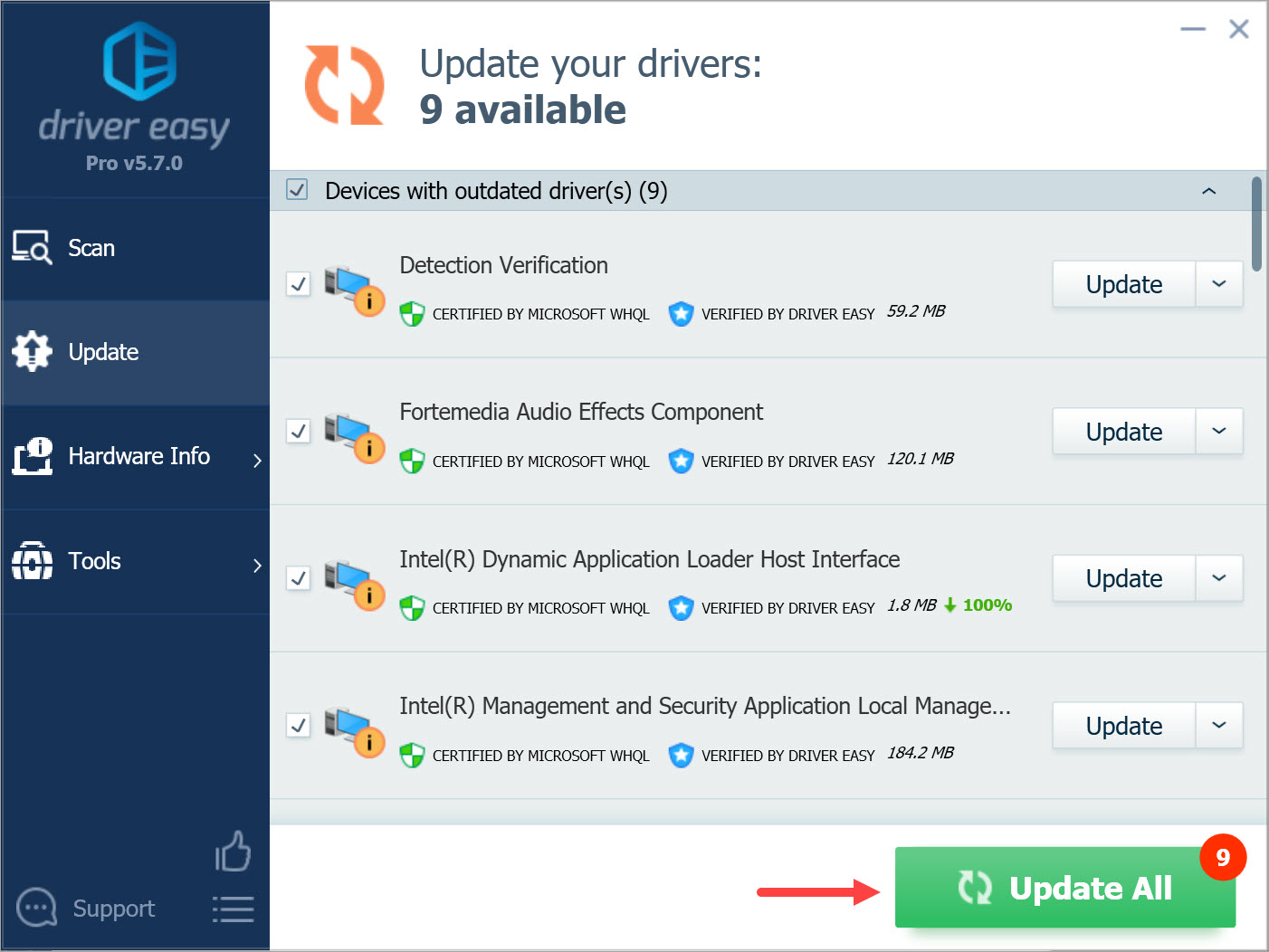
- Restart your computer to take effect.
Check if the volsnap.sys error has been removed and your computer can start normally.
Fix 4: Install latest updates
Outdated system has buggy issues, which can be one of the causes for the volsnap.sys error. So you should check for updates in your computer, then install the latest updates to fix the problem.
- Type Windows Update in the search box on your desktop, and click Check for updates from the result list.
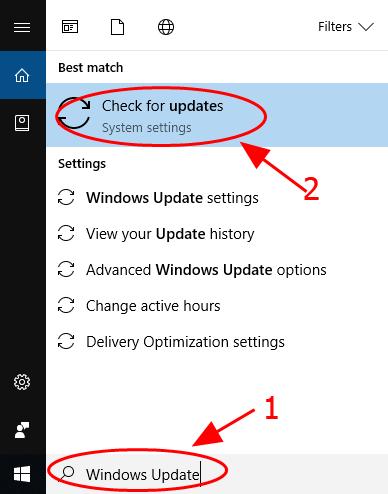
- The Windows Update pane will pop up and load any available updates. Click Download (or Install updates if you’re using Windows 7) to download.
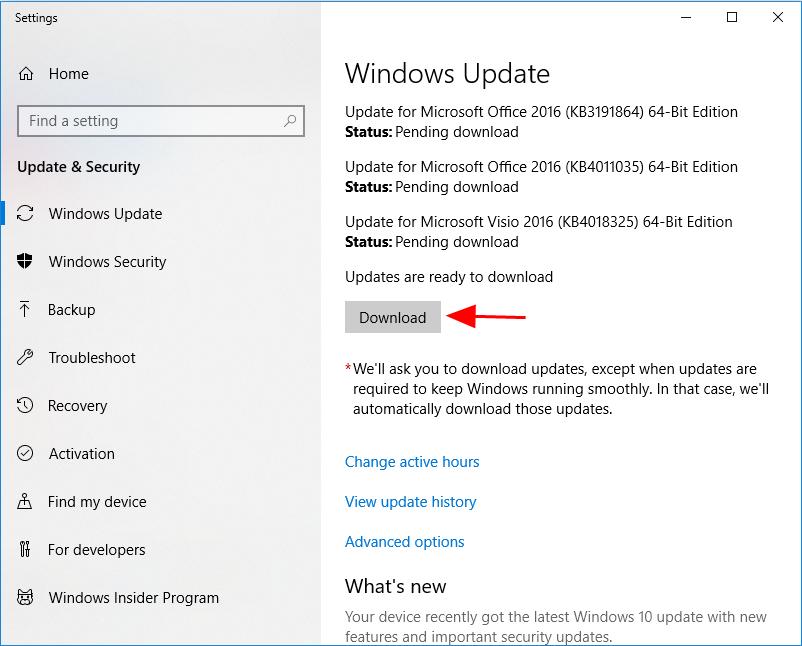
- Follow the on-screen instructions to finish updating.
- Restart your computer.
Check if the error still persists.
Hope this post helps fix volsnap.sys BSOD in your computer. Feel free to add a comment below and let us know your idea.





